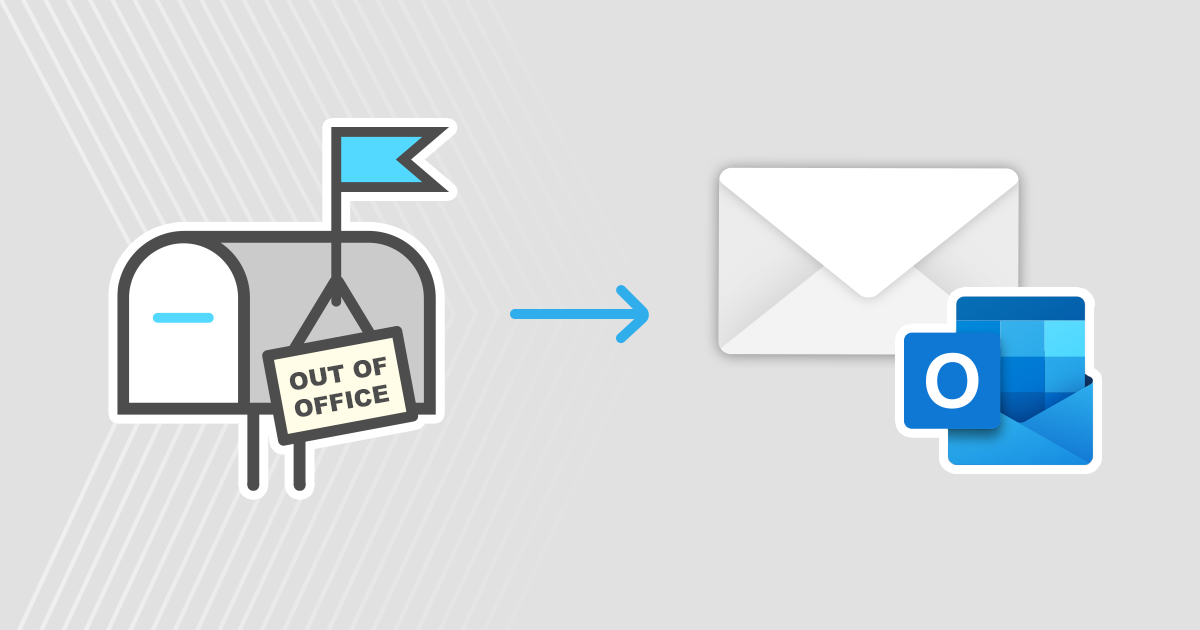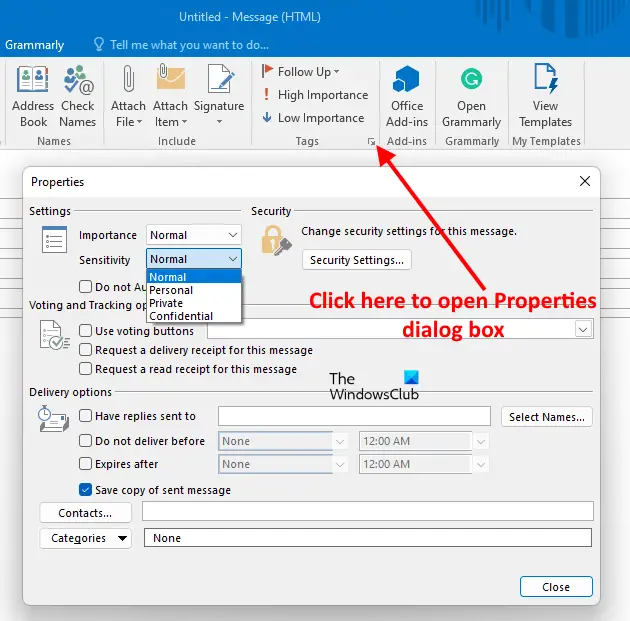
- #Message options outlook private how to#
- #Message options outlook private update#
- #Message options outlook private code#
New-RoleAssignmentPolicy -Name PolicyWithNoRR -Roles M圜ontactInformation, MyRetentionPolicies, MyMailSubscriptions, MyTextMessaging, MyVoiceMail, MyDistributionGroupMembership, MyDistributionGroups, MyProfileInformation, MyBaseOptions-NoRR -Description "User Role Assignment Policy to block users updating read receipt settings" Remove-ManagementRoleEntry MyBaseOptions-NoRR\Get-MailboxMessageConfiguration Set-ManagementRoleEntry MyBaseOptions-NoRR\Set-MailboxMessageConfiguration -Parameters ReadReceiptResponse -RemoveParameter New-ManagementRole MyBaseOptions-NoRR -Parent MyBaseOptions
#Message options outlook private code#
Here’s the PowerShell code to do the work listed above:
#Message options outlook private update#

To stop users changing the read receipt setting, we need to:
#Message options outlook private how to#
For instance, I’ve written in the past about how to use RBAC to stop people updating their OWA autosignature. These policies enable or disable features by controlling the cmdlets available to users. RBAC works through the user role assignment policy set on user mailboxes. Exchange Online has a well-developed role-based access control (RBAC) system to control features available to users. To block that happening, we need to remove the read receipt options from the GUI. Using RBAC to Remove Read Receipt Settings from OWAĪlthough administrators can update user mailbox settings to control read receipts, it does nothing to stop users changing the read receipt options through OWA settings. $Mbx = Get-ExoMailbox -RecipientTypeDetails UserMailbox -ResultSize Unlimited -Filter

# Find mailboxes to update and then update their read receipt setting to always send read receipts We can use a server-side filter to find the mailboxes and call the Set-MailboxMessageConfiguration cmdlet to update the read receipts setting. This code uses the CustomAttribute12 property to hold the value “RR” to indicate that a mailbox should be in the set. For instance, let’s assume that we want a set of users to always send read receipts when requested. There’s also an Exchange Online PowerShell cmdlet to do the job. Figure 3: Read receipt options in OWA settings


 0 kommentar(er)
0 kommentar(er)
